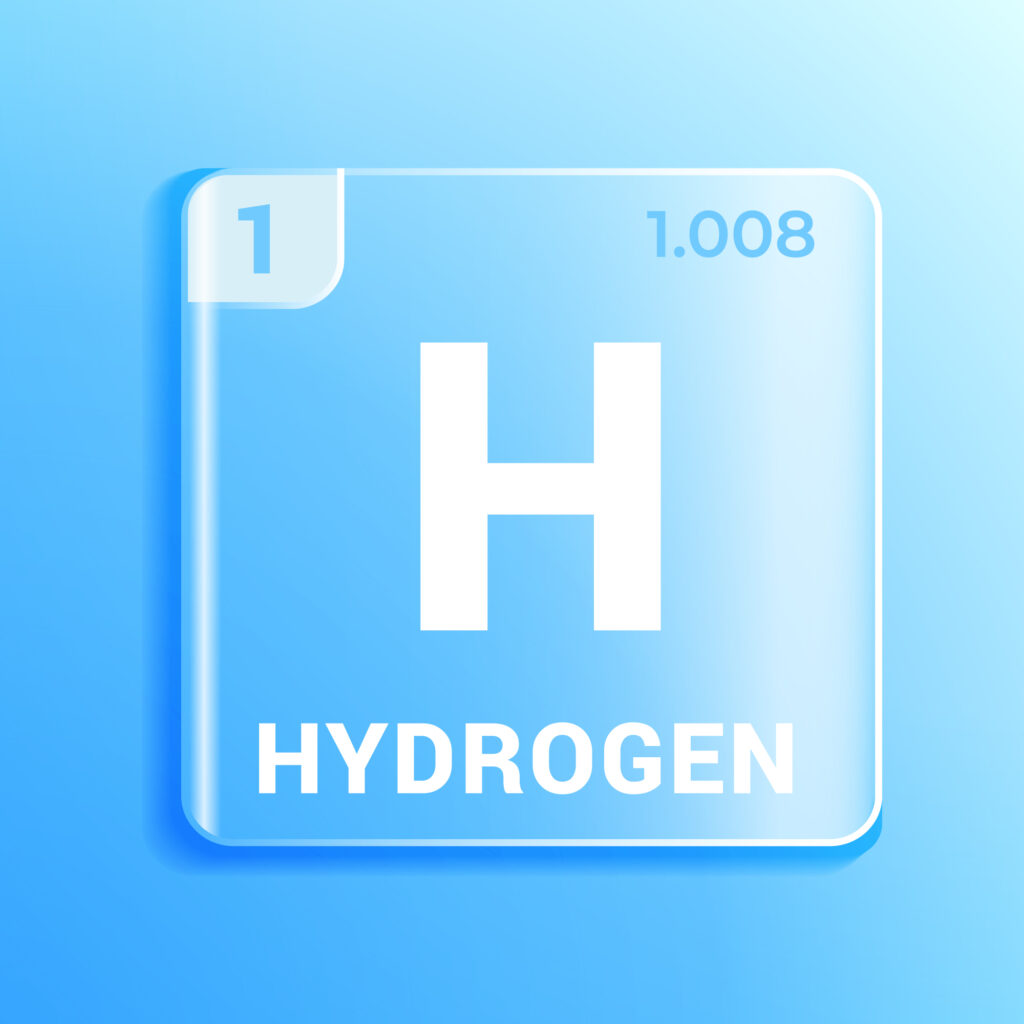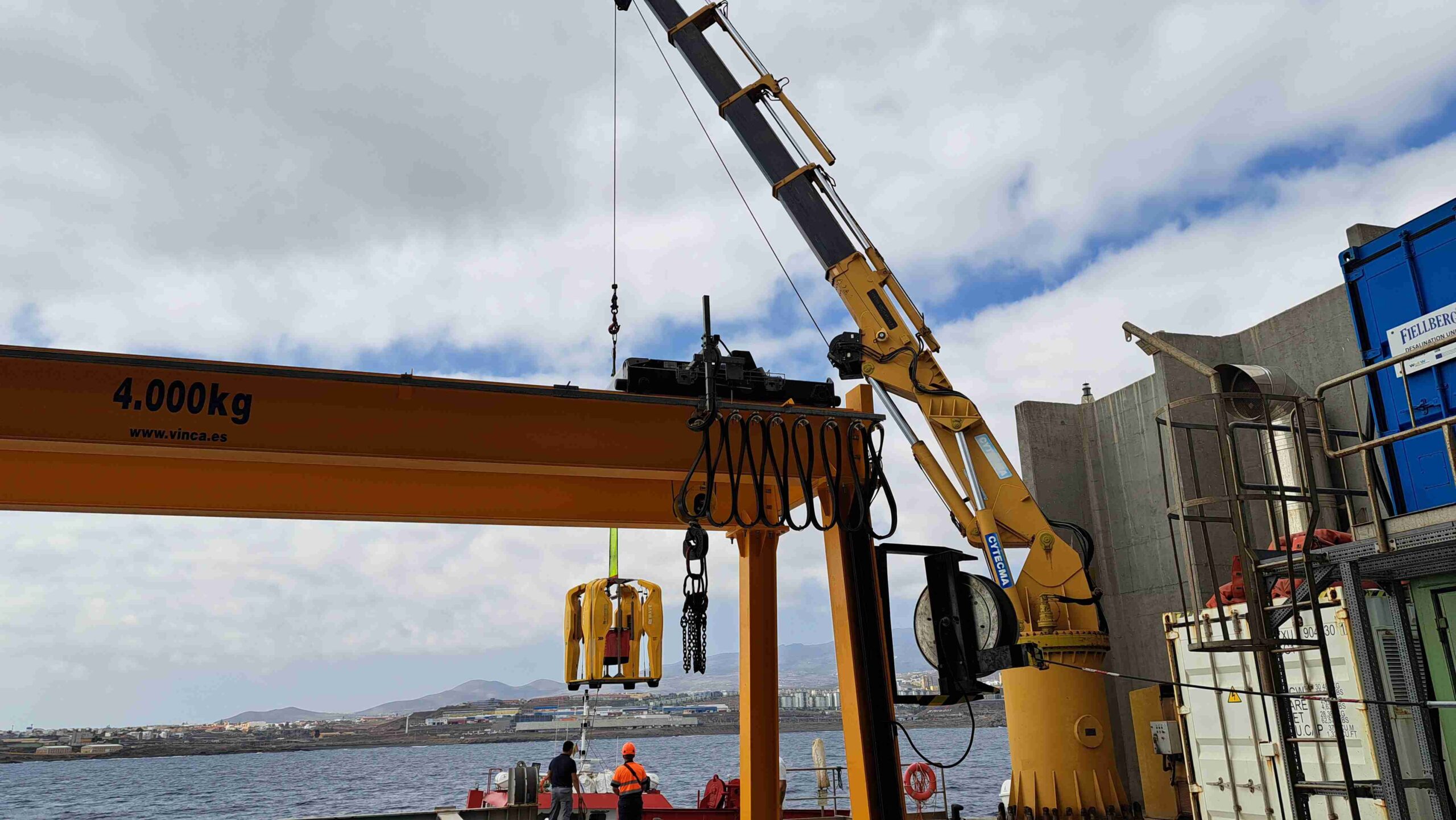
Heating Innovations: Safeguarding Hydrogen’s Place in the Energy Transition
Heating Innovations: Safeguarding Hydrogen’s Place in the Energy Transition https://h2-heat.eu/wp-content/uploads/2023/09/pexels-pixabay-334931-1024x768.jpg 1024 768 H2Heat Project https://h2-heat.eu/wp-content/uploads/2023/09/pexels-pixabay-334931-1024x768.jpgHydrogen, dubbed the future’s fuel, is advancing in residential and industrial heating. As we shift to cleaner energy, hydrogen’s potential to replace fossil fuels is evident. However, safety concerns accompany its benefits, particularly regarding hydrogen storage and use in heating. This article explores these issues and how to mitigate risks for a secure, sustainable future.
Hydrogen’s Heating Potential
Hydrogen as a heating innovation plays a vital role in heating. It burns cleanly, emitting only water vapor, offering an eco-friendly alternative. Hydrogen-based heating systems promise significant carbon emissions reduction in homes and industries, aligning with global climate goals and reducing fossil fuel dependence.
Safety Challenges with Hydrogen
Despite hydrogen’s promise, safety concerns are present. Hydrogen is highly flammable, necessitating cautious handling and storage. Risks include leaks and combustion hazards, raising questions about storage and transport.

Mitigating Risks through Measures
Hydrogen Sensors and Leak Detection
Sensors promptly detect leaks in homes and industries, triggering alarms or system shutdowns if hydrogen levels become unsafe.
Purpose: Hydrogen sensors are devices designed to monitor the concentration of hydrogen gas in the air. They play a critical role in detecting leaks promptly to prevent potential hazards.
Hydrogen sensors typically employ various detection methods, such as semiconductor sensors, which change their electrical conductivity in the presence of hydrogen gas. When hydrogen levels rise beyond safe limits, these sensors trigger alarms or activate safety protocols.
In residential and industrial settings, hydrogen sensors are installed in areas where hydrogen is stored or used. If a leak occurs, the sensor detects the increase in hydrogen concentration and sends signals to warning systems or control units to initiate safety measures. These measures can include activating ventilation systems, shutting down equipment, or alerting personnel.
Storage Safety
Purpose: Ensuring safe hydrogen storage is crucial to prevent leaks, explosions, or accidents.
Advancements in Materials: Innovative materials and design techniques are employed to create robust hydrogen storage systems. These materials are selected for their compatibility with hydrogen and their ability to withstand high-pressure conditions.
Types of Storage: Hydrogen can be stored in various forms, including compressed gas, liquefied hydrogen, and solid-state storage materials. Each type comes with its own safety considerations, which are addressed through materials and engineering solutions.
Safety Features: Storage systems are equipped with safety features such as pressure relief valves and double-walled containers to minimize the risk of leaks or ruptures.
Application: Secure hydrogen storage is essential in industrial facilities, where large quantities of hydrogen are often stored, as well as in residential settings where hydrogen-powered heating systems are becoming more prevalent.
Training and Education
Proper training and education ensure that personnel and users understand the properties of hydrogen, safe handling procedures, and appropriate responses in case of emergencies.
Training programs cover topics such as the flammability and behavior of hydrogen gas, safe storage and transportation practices, and protocols for responding to leaks or accidents.
Education is a fundamental aspect of hydrogen safety, as informed individuals are better equipped to prevent accidents and respond effectively if a safety issue arises.
Training is provided to employees working with hydrogen in industrial settings and individuals using hydrogen-powered systems in residential applications.
Research and Development (R&D):
Ongoing R&D efforts focus on advancing hydrogen system safety through various means, including materials development and the creation of advanced sensors.
R&D activities aim to develop materials that are more resistant to hydrogen embrittlement and degradation, enhancing the integrity of storage and transport systems.
Advanced sensors are designed to improve the accuracy and speed of hydrogen leak detection, enabling quicker response times.
R&D also includes safety assessments and simulations to identify potential hazards and develop mitigation strategies.
The goal of hydrogen safety R&D is to continually enhance safety measures and address emerging challenges as hydrogen technologies evolve.
These comprehensive measures collectively ensure the safe integration of hydrogen into heating applications, both in residential and industrial settings, paving the way for the broader adoption of this clean energy source.

